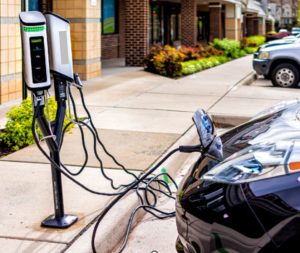
ERP = Enterprise Resource Planning
There are some new industry trends using ERP that will be critical to long-term property value and guard against expanding competitors, as well as, impress every visitor. With ERP, large volumes of data are gathered to determine customers’ habits. Corporate leadership use this data to make decisions about target markets and how to meet their needs and earn their business. In retail this is used all the time, but not so much in real estate. What if retailers applied the same tactics to their real estate assets? That is exactly what is happening. Asset Managers for large retailer corporations are using the same ERP processes that the retail side uses. They analyze the data to determine appropriate options for alternative revenue and specialty leasing opportunities that will increase the value of corporate owned assets.
Customer Interest
The key is understanding the many questions that run through shoppers’ minds before, during, and after they visit the physical store. Decision makers can use the retailers’ information collected through membership or various loyalty-card programs. But making sense of this information involves a advanced ERP with fixed analytics and capabilities that connect the ERP system to the location and what those particular visitors are attracted to.
Unique Customer Value
differentiation strategies are a large priority in attracting customers to a Brick-and-Mortar location and being able to sell specialty leasing to vendors. The key to navigating the increasingly crowded market space is pulling together a comprehensive inventory of what’s in the market. With a modern ERP, you can integrate a wide selection of solutions into a single source of truth to help analyze performance and trends for alternative revenue options in a particular area.
Omnichannel Strategies
A modern ERP can help asset managers follow trends and use creative resources to attract various seasonal or semi seasonal vendors by connecting to technological solutions such as apps and other consumer interactive platforms that will attract visitors and vendors alike to a location.

